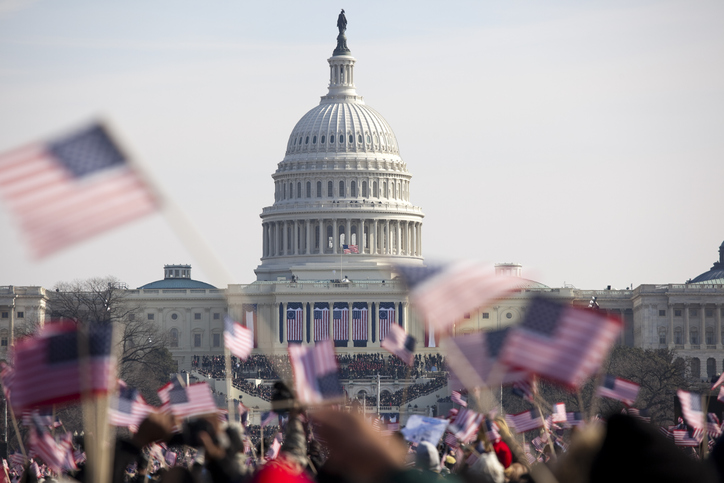Introduction
State and federal elections have their own lexicon and election jargon, a set of terms and phrases often used in political discussions. Whether you’re involved in a campaign, thinking about running for office, or just a concerned citizen, it’s important to grasp the vocabulary of state and federal election jargon to engage effectively in the democratic process. This guide will cover 25 common terms and phrases, providing a helpful resource for navigating the complexities of political campaigns at different government levels.
1. State Legislature
The state legislature is the governing body responsible for creating state laws. Understanding the dynamics of the state legislature is essential for those interested in state-level politics.
2. U.S. Senate
The U.S. Senate is one of the two chambers of the United States Congress. Senators represent their respective states, and their terms are staggered to ensure continuity.
3. Gubernatorial Election
A gubernatorial election determines the governor of a state. Governors play a crucial role in state governance, influencing policies and representing the state’s interests.
4. House of Representatives
The U.S. House of Representatives is the lower chamber of Congress, with members elected to represent congressional districts based on population.
5. Electoral College
The Electoral College is the mechanism by which the United States elects its president. Understanding how electoral votes are allocated is key to comprehending the presidential election process.
6. Midterm Elections
Midterm elections occur halfway through a president’s term and involve congressional and gubernatorial races. They often serve as a referendum on the sitting president’s policies.
7. Swing State
A swing state is one in which the political allegiance is uncertain and can vary between elections. These states often receive significant attention from candidates due to their potential to tip the electoral balance.
8. Congressional District
Congressional districts are geographic regions represented by a member of the U.S. House of Representatives. Redrawing district lines, known as redistricting, can have significant political implications.
9. Campaign Finance
Campaign finance encompasses the funding and financial aspects of political campaigns. This includes contributions from individuals, PACs, and adherence to campaign finance laws.
10. Super PAC
A Super PAC (Political Action Committee) is an independent expenditure committee that can raise and spend unlimited funds to support or oppose candidates but cannot coordinate directly with campaigns.
11. Incumbent
An incumbent is a current officeholder seeking re-election. Incumbents often have a perceived advantage due to name recognition and experience.
12. Primary Election
Primary elections are held to select each political party’s candidate for the general election. Voters choose their preferred candidate from within their party.
13. Party Platform
The party platform is a document outlining a political party’s stance on various issues. Candidates may align with or deviate from their party’s platform.
14. Debates
Debates are events where candidates discuss and defend their positions on various issues. Presidential and gubernatorial debates are widely watched during election seasons.
15. Political Action Committee (PAC)
A PAC is an organization that pools campaign contributions from members and donates those funds to campaigns for or against candidates, ballot initiatives, or legislation. The term “PAC” is common to election jargon.
16. Earmark
An earmark is a provision added to legislation that allocates funds for a specific project or purpose, often at the request of a legislator.
17. Filibuster
In the U.S. Senate, a filibuster is a tactic used to delay or block a vote on a bill by extending debate. It requires a three-fifths majority to overcome.
18. Cabinet
The cabinet consists of high-ranking officials appointed by the president to lead federal executive departments. Cabinet members play a crucial role in advising the president.
19. Executive Order
An executive order is a directive issued by the president that has the force of law. It is a tool used to implement and manage government operations.
20. Joint Session of Congress
A joint session occurs when both chambers of Congress convene, often for significant events such as the State of the Union address or the counting of electoral votes.
21. Whip
A whip is a party official responsible for ensuring party members attend and vote according to the party’s position. Whips play a crucial role in maintaining party discipline.
22. Caucus
A caucus is a meeting of members of a political party to discuss and decide on party strategy. Iowa’s presidential caucuses are well-known for their role in the presidential nomination process.
23. Appropriations Committee
The Appropriations Committee is responsible for allocating funds to various government agencies. It holds significant power in shaping the federal budget.
24. Bipartisanship
Bipartisanship refers to cooperation and collaboration between members of different political parties. It is often seen as essential for passing legislation in a divided government.
25. Confirmation Hearings
Confirmation hearings are conducted by the U.S. Senate to vet and approve presidential nominees for key positions, such as federal judges, cabinet members, and ambassadors.
Conclusion
Understanding the election jargon and terms used in state and federal elections is crucial. This election jargon guide explains 25 common terms, giving you a solid foundation to understand political campaigns at different levels of government. Armed with this knowledge, you can participate more effectively in democracy by making informed decisions and contributing to political discussions in your state and country.
